Top Image courtesy of US Army Military History Institute from the US National Archives and Records Administration.
As the war in Europe ended, even before the final guns there fell silent, everyone knew that the world would be changed, for better and worse. The legacies of the conflict in the European theater lasted long after VE-Day, even after VJ-Day, and even up to today. The following compilation of past programs highlight the lasting legacies of what Victory in Europe truly meant and brought to this new postwar world. I hope you enjoy viewing and learning from them as much as I did in revisiting some of the Museum’s best past programs.
“The Iron Curtain: The Descent and the Western Response” featuring Alexandra Richie, DPhil and Conrad Crane, PhD
The first selection for this grouping comes from our 2016 International Conference. It is a conversation between two of the Museum’s most stalwart supporters. Dr. Richie discussed how and why the “Iron Curtain” did indeed divide Europe, with Soviet domination over Eastern and Central Europe, and how the Cold War was founded and being thought about by Stalin while World War II was still raging. She is followed by Dr. Crane, who talks about the various ways that the West responded to Soviet aggression and the West’s attempts to “contain” their influence.
The program begins at the 07:45 mark and lasts roughly 85 minutes.
Keith Lowe “The Fear and the Freedom”
Keith Lowe, author of Savage Continent, came to our 2018 International Conference to discuss his brand new work The Fear and the Freedom: How the Second World War Changed Us. This talk, like his book, looks back at all that came out of the war and its long-lasting effects, even up to today, from the fall of colonial empires and the idea of self-determination and human rights, to the advancement in medicine, technology, philosophies, and even architecture. With these positive outcomes, it also brought perpetual fear of nuclear annihilation and bloody civil wars where colonial masters used to rule. Lowe did a wonderful job of highlighting the “freedom” of a postwar world, but also the “fear” born out of it.
The program begins at the 12:15 mark and lasts roughly 60 minutes.
William I. Hitchcock, “The Age of Eisenhower”
William I. Hitchcock, one of the country’s finest historians and a great guy, came to the Museum for the 68th Anniversary of VE-Day to discuss his brand new book The Age of Eisenhower. The talk goes from Eisenhower’s background and WWII service into the postwar period and how Ike personally shaped the second half of the twentieth century, especially through his presidency. Difficult decisions he had to make while in office, from French-Indochina, to Korea, Taiwan, the Middle East, and covert operations, show that we are still, in a way, living in “the age of Eisenhower.”
The program begins at the 05:20 mark and runs roughly 65 minutes.
Neal Bascomb “Hunting Eichmann”
The final selection highlights the best-known case of an effort that still goes on today, the hunting down of those responsible for “crimes against humanity” during World War II. Adolf Eichmann was seen as one of the architects of the Holocaust, and was one of the most notorious Nazi leaders to have escaped Allied prosecution at the Nuremberg Trials to relative safety in South America following the war. However, justice caught up to him in Argentina and Bascomb, an excellent storyteller, weaves all of the cast of characters and subterfuge used to capture Eichmann and secret him back to Israel to finally stand trial. It is a story that shows that, though hostilities ended in 1945, the war went on for decades beyond.
The program begins at the 06:15 mark and lasts roughly an hour.
To learn more from these wonderful speakers, please be sure to check out our online store for copies of their works. Your purchases help support the educational mission of The National WWII Museum.
This article is part of an ongoing series commemorating the 75th anniversary of the end of World War II made possible by Bank of America.
Jeremy Collins
Jeremy Collins joined The National WWII Museum in 2001 as an intern, and now oversees the institution’s public programming initiatives.
Cite this article:
MLA Citation:
APA Citation:
Chicago Style Citation:
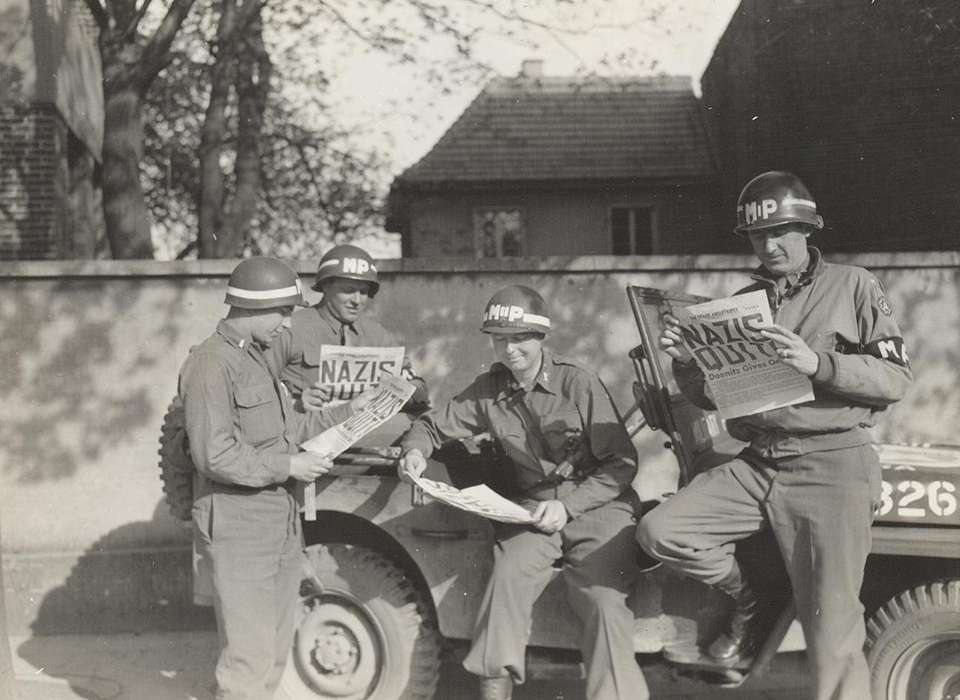
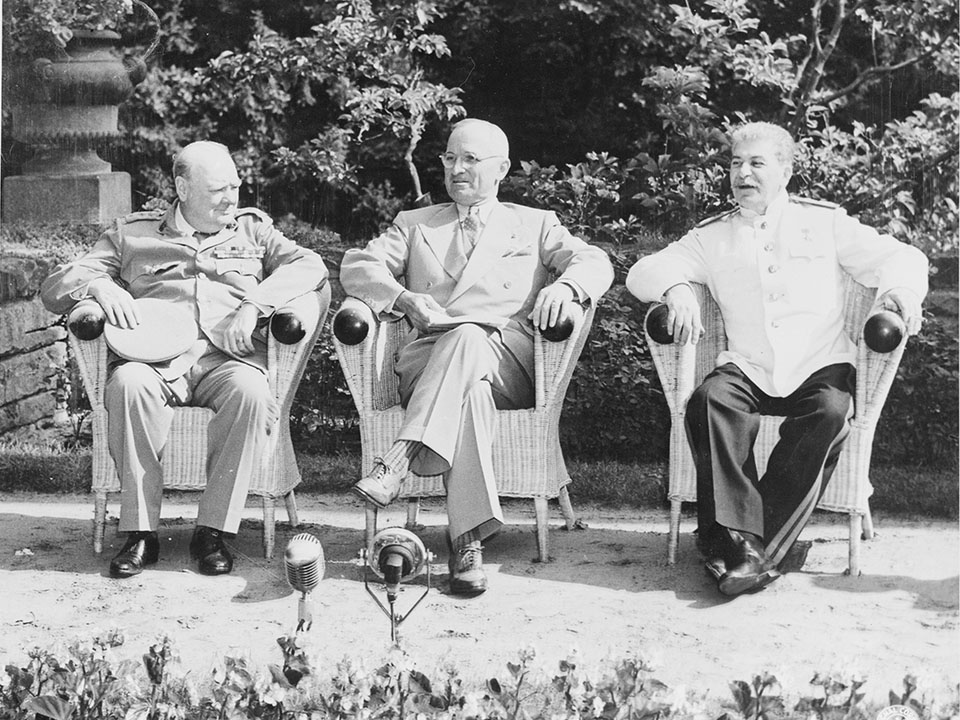
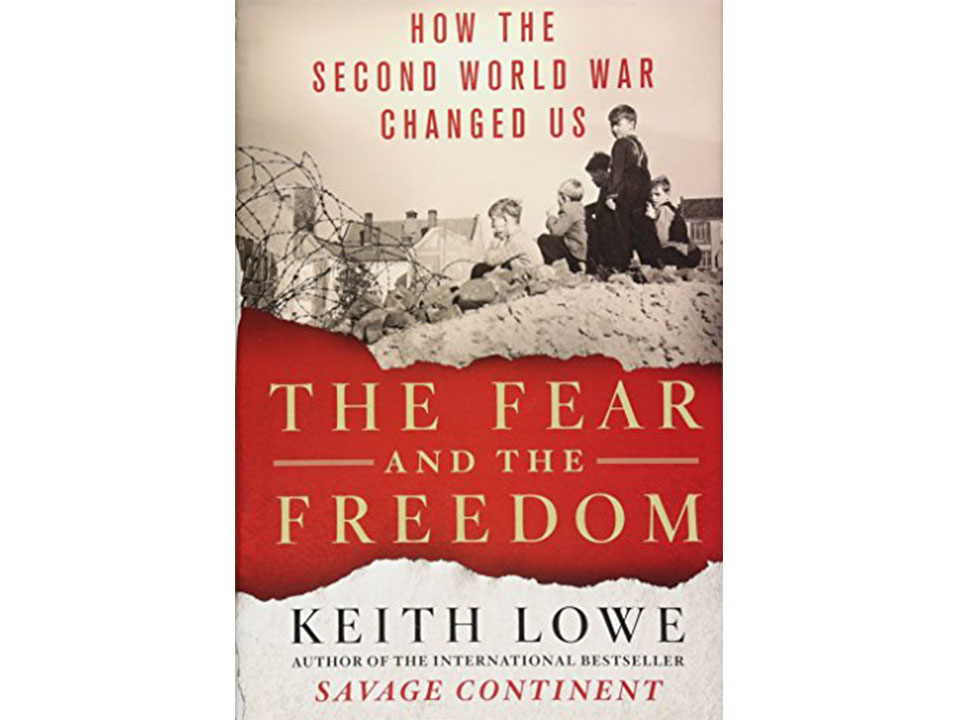
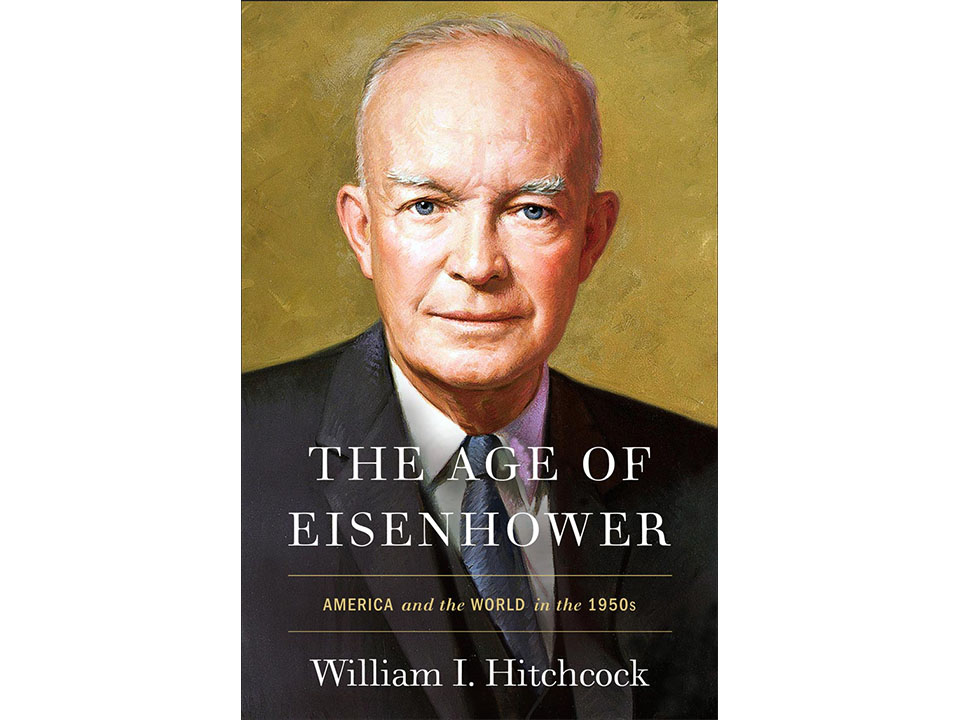
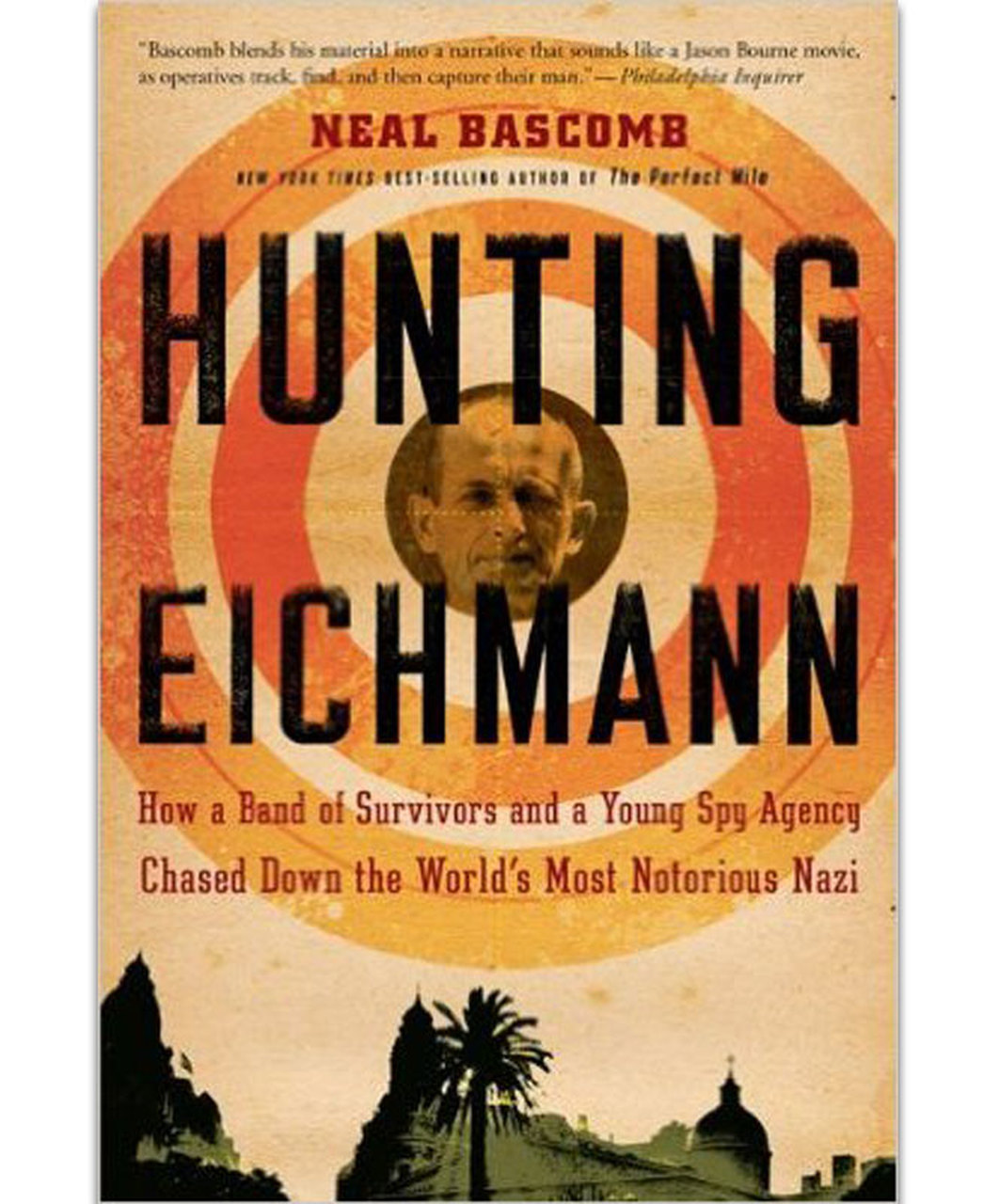

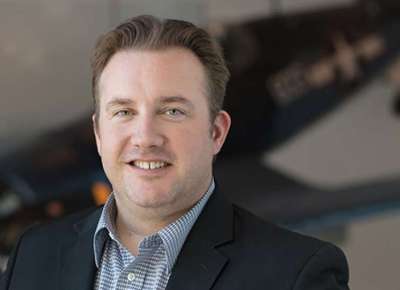



![Max Fuchs, New York City cantor, sings as Rabbi Sydney [sic] Lefkowitz, Richmond, VA, conducts the first Jewish services from Germany.](/sites/default/files/styles/max_650x650/public/2025-10/image1.jpg)



